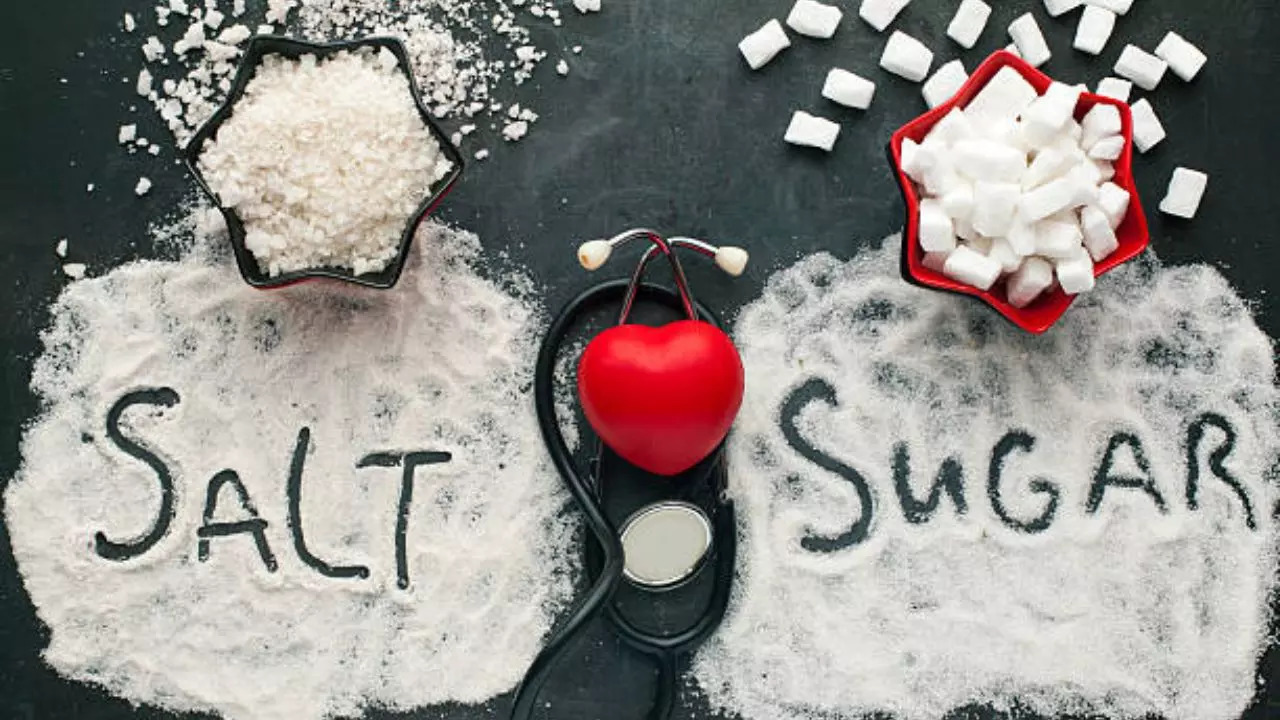Contents
Shocking study reveals all Indian salt and sugar brands contain microplastics; know its harmful effects on healthWhat concentrations of microplastics were found in salt and sugar?What are microplastics?Why are microplastics harmful?Hormonal disruptionincreasing risk of long-term diseasePoor immune health
Shocking study reveals all Indian salt and sugar brands contain microplastics; know its harmful effects on health
A recently published study has made some shocking revelations about Indian salt and sugar brands. The study titled Microplastics in Salt and Sugar, conducted by environmental research organisation Toxics Link, states that all Indian brands of salt and sugar, whether big or small, packaged or unpackaged, sold online or offline, contain microplastics. Read on to know its dangers to your health.

Microplastics ranging from 1 micrometer to 5 millimeters were found in all salt and sugar samples
A shocking study has revealed that all Indian salt and sugar brands – big or small, packaged or unpackaged – are full of microplastics – which may cause cancer. Microplastics in salt and sugarA study conducted by environmental research organisation Toxics Link tested about ten types of salt – including table salt, rock salt, sea salt and local raw salt, as well as five types of sugar purchased online and from local markets.
In addition, microplastics, the smallest pieces of plastic found in food, ranging in size from 1 micrometer to 5 millimeters, were found in all salt and sugar samples in various forms, including fibers, pellets, films and fragments. According to the study, iodized salt contained the highest levels of microplastics – in the form of multi-colored thin fibers and films.
“The aim of our study was to contribute to the existing scientific database on microplastics so that the global plastics treaty can address this issue in a concrete and focused manner,” said Ravi Agrawal, founder-director of Toxics Link. “We also aim to mobilise policy action and draw researchers’ attention to potential technological interventions that can reduce microplastics exposure,” he added.
Satish Sinha, Associate Director at Toxics Link, said: “The presence of significant amounts of microplastics in all of the salt and sugar samples in our study is worrying, and there is an urgent need for comprehensive research into the long-term effects of microplastics on human health.”
What concentrations of microplastics were found in salt and sugar?
According to the report, the concentration of microplastics in the salt samples ranged from 6.71-89.15 pieces per kilogram of dry weight. Iodised salt – which is the most commonly used spice in Indian kitchens – had the highest concentration of microplastics – 89.15 pieces per kilogram, while organic rock salt had the lowest at 6.70 pieces per kilogram.
The concentration of microplastics in the sugar samples ranged from 11.85 to 68.25 pieces per kilogram, with the highest concentrations found in non-organic sugar.
What are microplastics?
According to data, at least 322 million metric tons of plastic were produced worldwide in 2016 – 60 percent of which was supplied to the food and beverage industry for food packaging. These plastics contain a variety of chemicals, including stabilizers, lubricants, fillers, and plasticizers.
Experts say exposure to environmental conditions such as heat causes plastic to break down into tiny pieces that leach into food. Single-use water bottles, to-go containers, food cans and storage wrappers are examples of common plastic-based food packaging that contain microplastics.
Why are microplastics harmful?
Microplastics are a growing global concern as they can harm both health and the environment. Some of the health concerns are as follows:
Hormonal disruption
Microplastics can be endocrine disruptors including estrogen and testosterone, which may lead to adverse health effects and increase the risk of long-term diseases such as diabetes, PCOS and fertility.
increasing risk of long-term disease
According to research, long-term exposure to microplastics that disrupt the endocrine system increases the risk of heart disease, inflammation, insulin resistance and even obesity – a precursor to several life-threatening conditions.
Poor immune health
Experts say that inflammation caused by exposure to microplastics leads to poor gut health and weakened immunity levels. Your gut plays a vital role in strengthening your immunity and constant exposure to microplastics in the gut is toxic to immune cells.
Get the latest news on Times Now along with the latest updates and top headlines from health and around the world.


